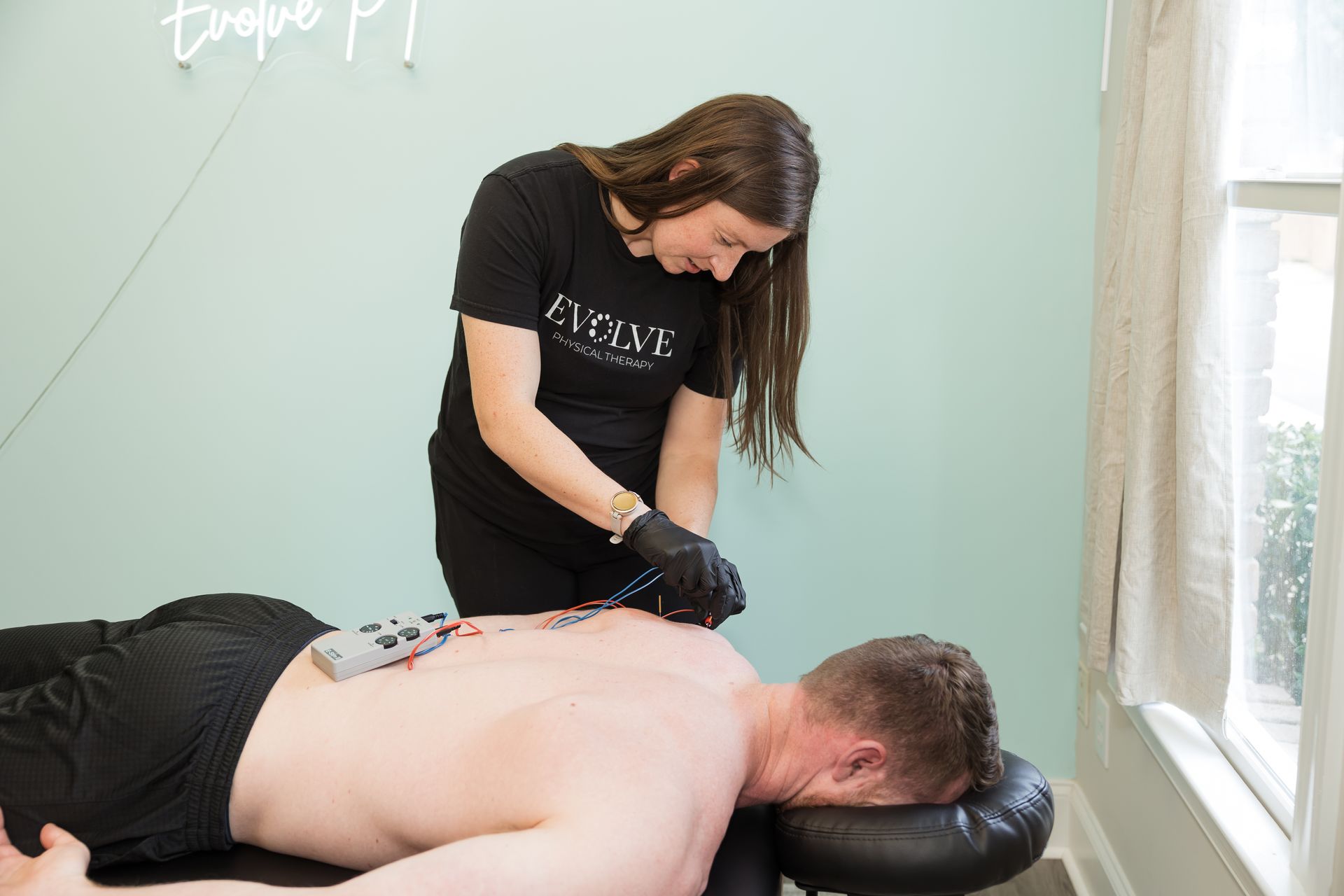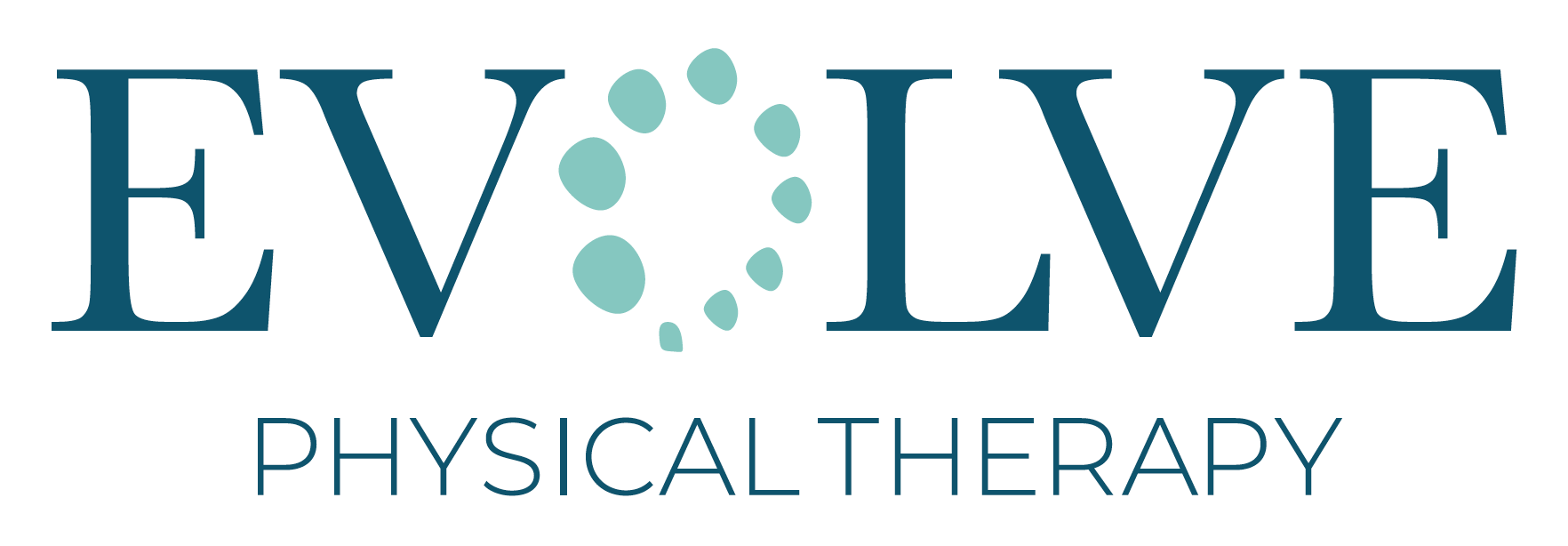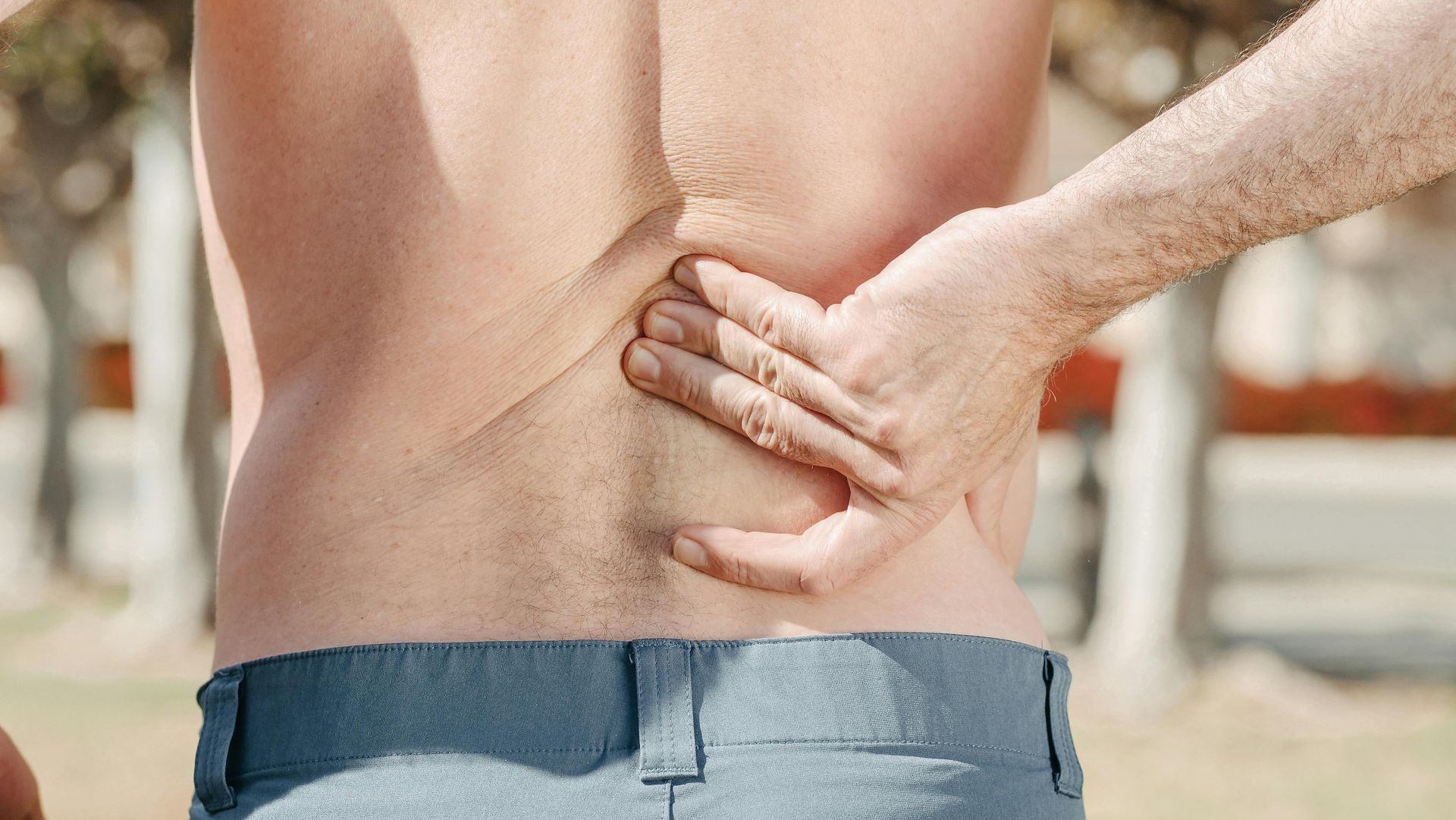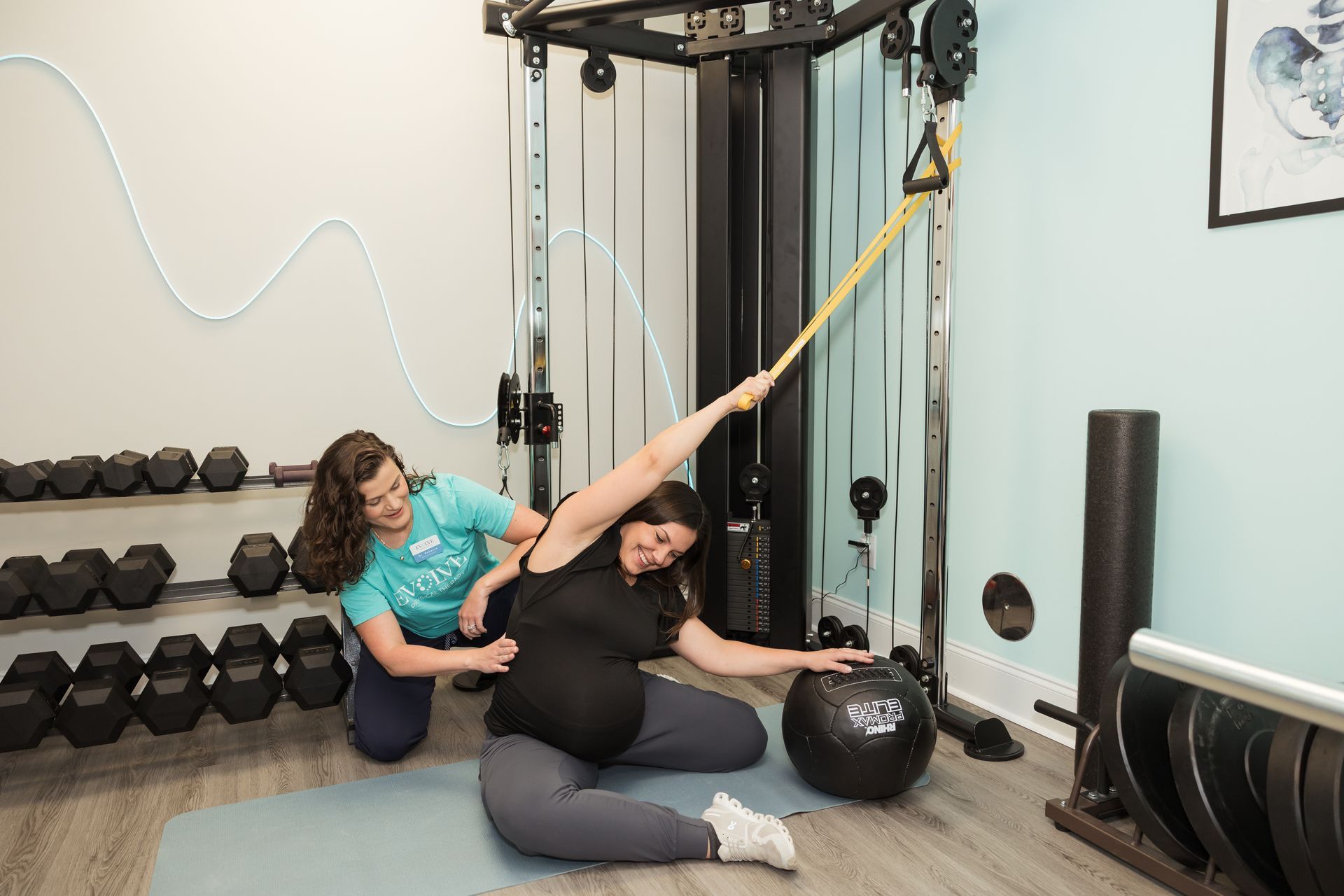Benefits of Dry Needling During Physical Therapy
Dry Needling in Holly Springs, NC

The Benefits of Dry Needling During Physical Therapy
If you've ever experienced stubborn muscle pain that just won't go away, even with stretching, massage, or rest, you’re not alone. Chronic muscle tightness and trigger points are common culprits behind lingering discomfort and restricted mobility. That’s where dry needling, a modern technique used by many physical therapists, can make a real difference.
What Is Dry Needling?
Dry needling is a technique used by licensed physical therapists that involves inserting thin, sterile needles directly into myofascial trigger points, which are tight bands of muscle or knots that contribute to pain and dysfunction. The goal is to release tension, improve blood flow, and reset the muscle’s function.
Despite the similarity in tools, dry needling is not acupuncture. While acupuncture is rooted in traditional Chinese medicine and focuses on energy meridians, dry needling is based on Western anatomy and neuroscience, targeting specific muscular and connective tissue dysfunction.
So What Are The Benefits of Dry Needling?
1. Pain Reduction
Dry needling can provide immediate and significant pain relief by disrupting the pain cycle. The needle stimulation helps deactivate trigger points and release tight muscle fibers, leading to reduced soreness and improved comfort.
2. Improved Mobility and Range of Motion
When muscles are knotted and tight, they restrict movement. By releasing these restrictions, dry needling can help restore normal muscle length and joint motion, especially beneficial for athletes or individuals recovering from orthopedic injuries.
3. Accelerated Healing
Needling creates a micro-lesion that stimulates the body’s natural healing response. This increases blood flow and brings oxygen and nutrients to the area, helping injured tissues repair more efficiently.
4. Enhanced Physical Therapy Outcomes
When combined with exercises and manual therapy, dry needling often accelerates progress in physical therapy. Releasing muscle tension allows for better engagement during rehab exercises and helps patients move more efficiently with less pain.
5. Drug-Free Pain Management
In a world where opioids and medications are commonly prescribed for pain, dry needling offers a non-pharmacological alternative. Many patients find it to be an effective tool for managing chronic pain conditions without side effects.
Common Conditions Treated with Dry Needling
- Neck and back pain
- Tension headaches and migraines
- Shoulder pain
- IT band syndrome
- Low back pain
- Plantar fasciitis
- Postural dysfunction and repetitive strain injuries
What to Expect During a Dry Needling Session
The procedure is generally well-tolerated, though you may feel a twitch or cramping sensation when the needle hits a trigger point, that’s a good sign it’s working. Some muscle soreness is normal after treatment and usually resolves within 24–48 hours.
Sessions are typically short and can be integrated seamlessly into your physical therapy treatment plan.
References
Gattie, E., Cleland, J. A., & Snodgrass, S. (2017). The Effectiveness of Trigger Point Dry Needling for Musculoskeletal Conditions by Physical Therapists: A Systematic Review and Meta-analysis.
The Journal of orthopaedic and sports physical therapy,
47(3), 133–149. https://doi.org/10.2519/jospt.2017.7096










